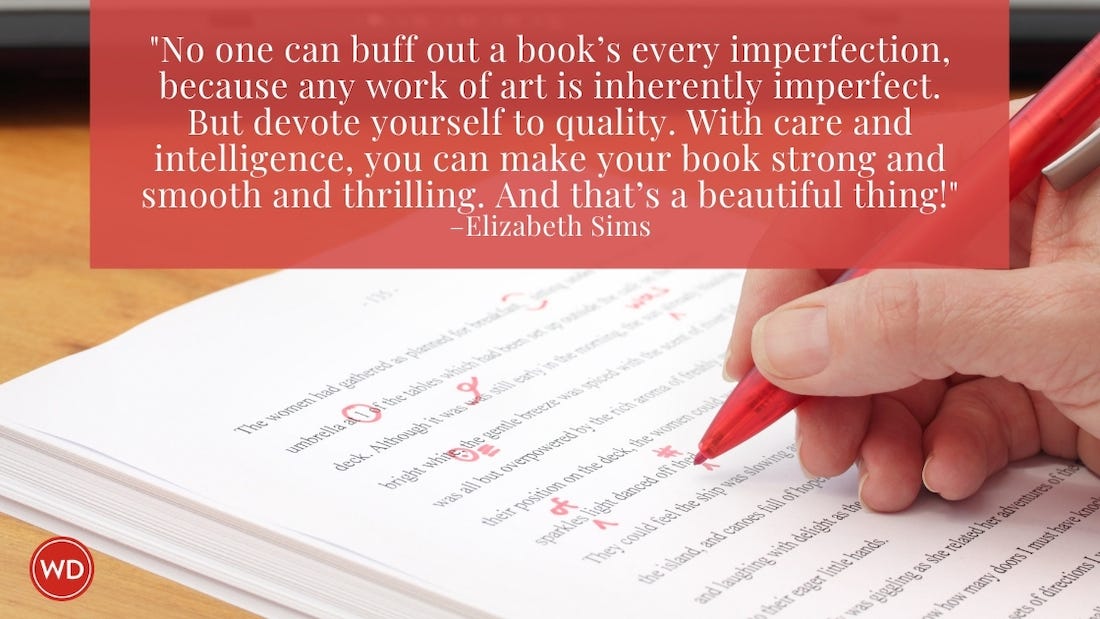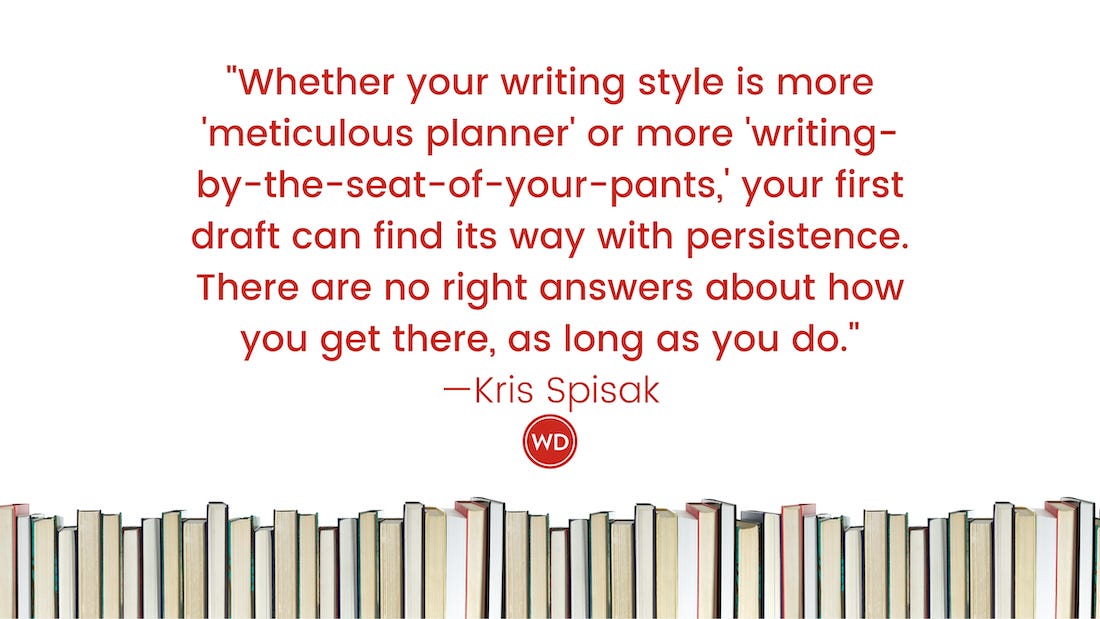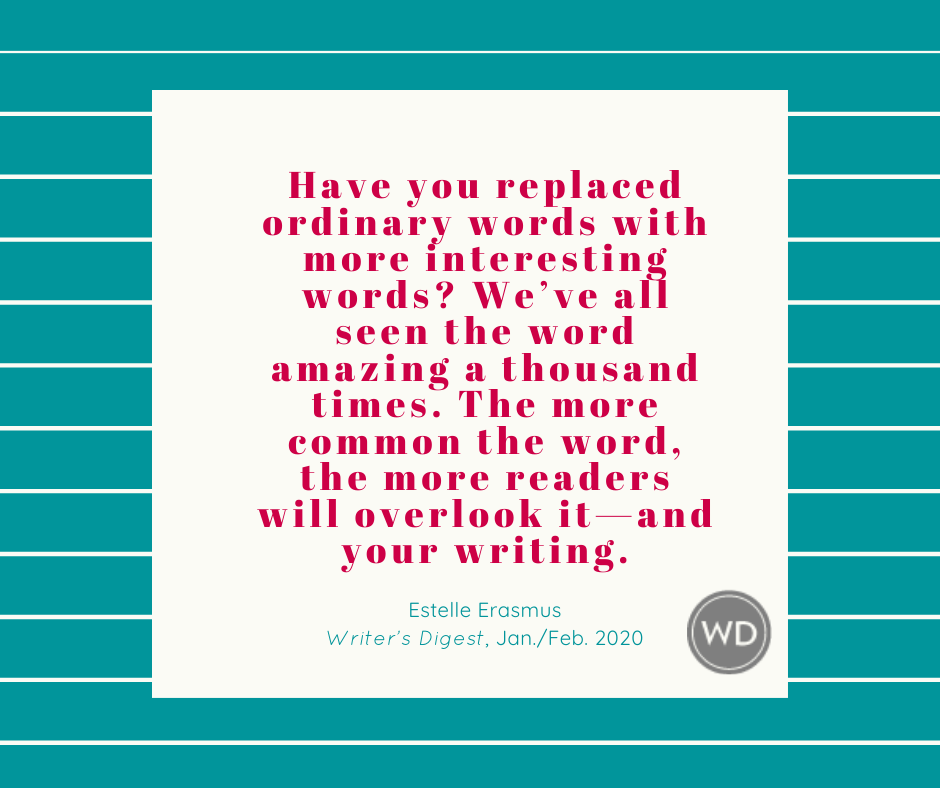Historical Fiction Spotlight: Paula McLain
Paula McLain’s latest book is the bestselling The Paris Wife, a fictional account of Ernest Hemingway’s first marriage and upstart years in 1920s Paris, told from the point of view…
Paula McLain’s latest book is the bestselling The Paris Wife, a fictional account of Ernest Hemingway’s first marriage and upstart years in 1920s Paris, told from the point of view of his wife, Hadley. The author of two poetry collections, a memoir and an earlier novel, McLain holds a Master of Fine Arts in poetry and teaches in the MFA program at New England College.
You’ve said you traveled to the settings central to the Hemingways’ story after your first draft was complete. Why did you decide to do so then, and not before? Did anything learned through those experiences make it into the finished book?
Unfortunately, I didn’t have the resources to go around the corner when I was drafting the book, let alone to Paris! But when the first full draft was complete and had sold well, I knew the most fitting thing to do to honor my process and entire experience with the book was to travel to France and Spain. I wanted to feel connected to the Hemingways and their story—and did. It was an amazing experience, and although I wasn’t doing research, as such, I did collect material for essays and the website, and learned a few practical bits of information that filtered into the finished book. For instance, several of Hemingway’s biographers state that his first studio in Paris was on rue Mouffetard. In fact it was on rue Decartes, which I didn’t know until I was standing in front of the building. Some of the descriptions of Antibes and Juan-les-Pins in the novel also grew richer and more specific after I’d traveled there, because I had those sensory details as a new resource.
Your website for The Paris Wife contains extensive information for readers about the lines between fact and fiction in the book. How much did you struggle with drawing those lines and taking creative liberties as you researched and composed the story?
Early on in the drafting process, I felt a tremendous responsibility to stay true to the facts on record, and true to my characters as I was finding them in various sources. The further in I went, although that sense of responsibility didn’t change, per se, I did begin to trust the net of the story more, and to trust what I was discovering about my characters emotionally as I grew closer to them. I didn’t alter the facts substantially for my own agenda, but rather felt freer to write deeply interior moments (which no biographer would presume to know), because I felt I could. I was fully connected to the material.
Why did you feel it was important to share with readers where and how those boundaries were drawn?
I knew readers would be curious about my process. I’m often [asked] which percentage of the book is fiction and which percent fact, as if I could draw a pie chart to diagram that! Still, I wanted, as much as possible to describe the choices I made, so there would to be a sense of transparency. An ever-increasing number of writers are misrepresenting their books and themselves to the public, as we’ve seen recently with Greg Mortensen. I’m indebted to and grateful for the scaffolding of my sources—and I want my readers to know that.
More broadly speaking, what responsibility do you feel historical novelists who are basing their stories on actual events have to their readers? To their subject matter?
That’s an interesting question. A reviewer recently said she was disappointed that I didn’t use the incident of Hadley’s losing Ernest’s manuscripts to darken her character and give her some edge. But the real Hadley didn’t have edge, and certainly not at this moment in her life; she felt sick and sorry and full of remorse. I suppose I could have made her another kind of woman altogether, but that didn’t feel right to me. Much of what I know of Hadley I learned from my sources, and much I invented and imagined, but everything (I hope), points in the same direction for her as a character, so that she feels whole, familiar and believable.
Brian A. Klems is the former Senior Online Editor of Writer’s Digest, and author of Oh Boy, You’re Having a Girl (Adams Media/Simon & Schuster). Follow him on Twitter @BrianKlems.









